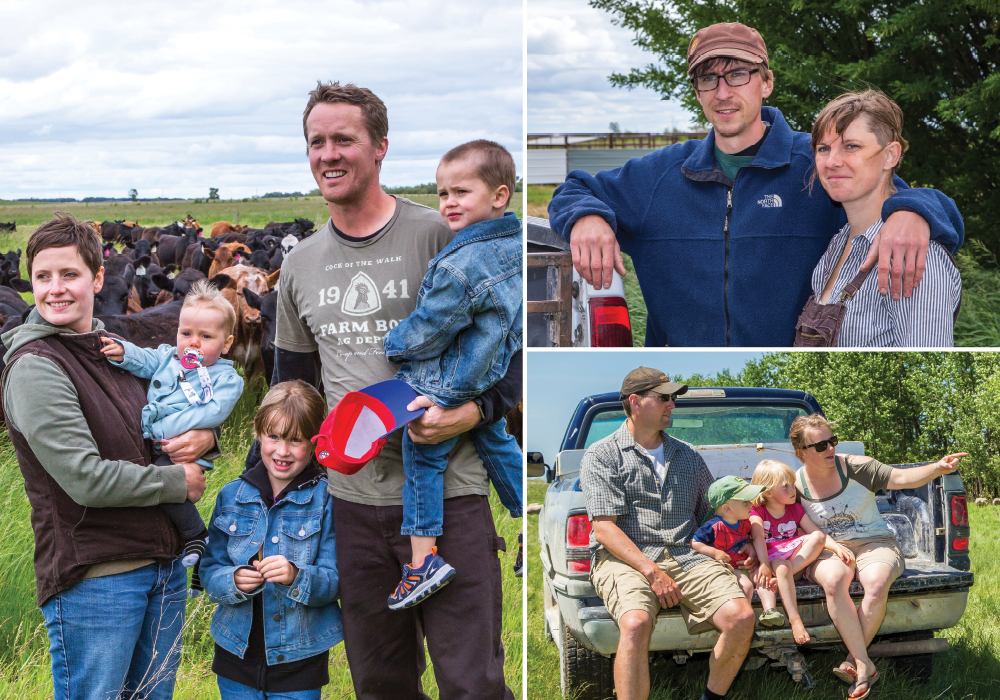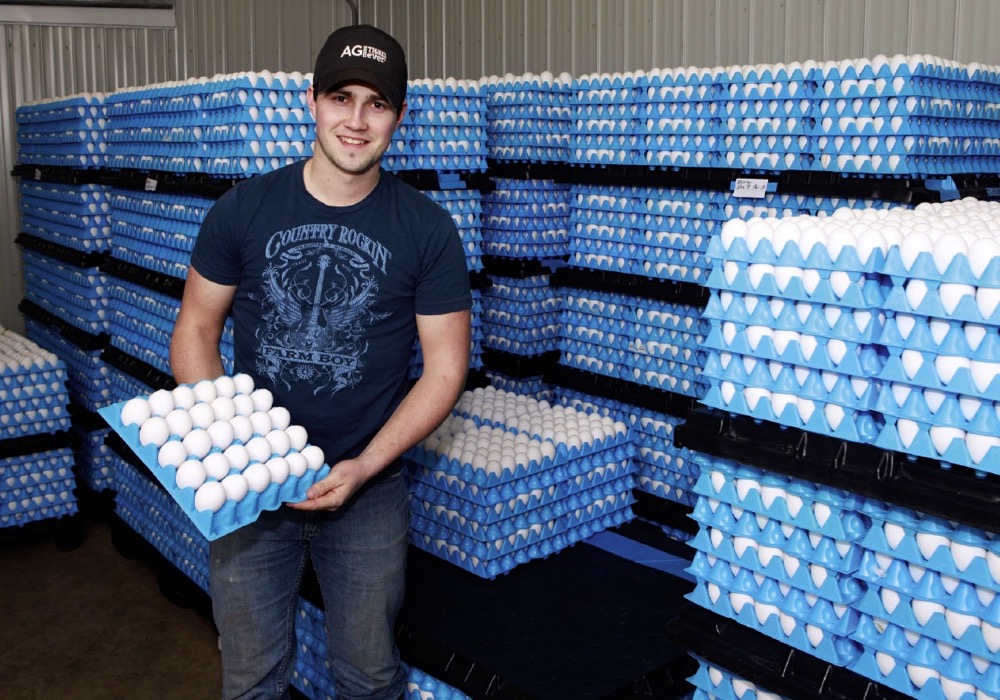Ontario will be joining most of the rest of Canada in moving to modular loading of chickens. But the change, mandated by Chicken Farmers of Ontario by 2024, will mean renovations to barns, some major, and investment by processors and transporters.
Most chickens in the province are nabbed by chicken catchers in barns and carried to trucks to be put into crates. Modular loading involves bringing what are called ‘mods’ essentially drawer units, into barns. The chickens are then loaded directly into the units, in the barn, reducing stress on chickens and on the catchers.
Read Also

Youth focused on keeping Quebec’s dairy industry strong
In part two of our Making the Future series, Country Guide spoke with Béatrice Neveu from Rawdon, Que. (Read part…
The change will mean significant infrastructure investment by farmers, but also by transporters and processors, says Al Dam, poultry specialist, with the Ontario Ministry of Agriculture Food and Rural Affairs. Processors will need more room at their plants, trailers will need to be modified or replaced and a way to move around lift trucks to each farm to move the mods will need to be found.
Michael Edmonds, director of communications and public affairs at Chicken Farmers of Ontario says there are many benefits to the system.
“It improves animal welfare through better handling of the birds, it improves worker health and safety for the chicken catchers and there are efficiencies in time saving,” he says.
The use of modular units also make it easier for processors to use gas stunning at their plants, which is the direction the industry is moving, says Dam.
Most of the rest of the processing plants outside of Ontario and Quebec receive chickens using modular loading, as do plants in much of the United States.
Why has it taken Ontario so long to change?
There are 30 poultry processing plants in Ontario, where there are significantly more niche markets for poultry and closer proximity to major markets means smaller processors can survive. Getting a majority of them to agree to the move will take a while. Edmonds says that all of the processors may not move to modular loading, but all farms will have to be ready to ship with mods by 2024. Farm Fresh Poultry Co-op is already using modular loading and large processors Cargill and Maple Lodge will be moving to modular loading in the next two years.
That means that almost half of Ontario chickens will move under the modular loading process by the end of 2018, says Mike Terpstra of the Association of Ontario Chicken Processors.
“AOCP supports modular loading and is pleased that CFO has put in place a policy for farmers to transition to modular loading,” he says.

With two major processors moving to modular loading in the next two years, the change will be sooner than later for a good portion of Ontario’s 1,200 chicken farmers.
Ontario has also lagged behind due to the fact that about half of the chicken barns in Ontario are two or more storeys.
There shouldn’t be much that owners of one-storey barns will need to do to accommodate modular loading, other than maybe some door changes and making sure there’s enough height in the building to allow the lift trucks to fit. There may also need to be changes to the farm yard to allow the trucks room to move and fork trucks to efficiently enter the barn, load the trucks and get a new mod off the truck and back into the barn. Indeed, Dam says the bottleneck in the new system is the speed at which the lift truck can get the mods moved. The need for that speed and also the need for worker safety is the reason why the fork trucks and their experienced drivers will come with the transporter.
“We don’t want farmers running fork trucks in middle of night with crews who are unfamiliar with them,” says Dam. “It’s like a hockey team that’s played together for a long time. Everyone knows where everyone else is.”
Farmers with two-storey barns will have greater expense.
“With two stories we have to get into modification of the second storey to put the mod up there,” says Dam. “There can be pretty significant structural modifications to the barn.”
That can range from adding or modifying doors to reinforcing the upper floor in order to support the weight of a 2,800 lb, chicken-filled modular unit.
Farmers need to sit down with all those involved, say Dam, so that investments made will make the system as efficient as possible for years to come.

“Ideally we want an architect or engineer there. The farmer, processor, catching crew and the hauler all should be sitting down to figure this out,” he says. “I hear every excuse why it can’t be done, but it can.”
Chicken Farmers of Ontario held about a year of consultation in the industry before enacting the regulation to enforce the adoption of modular loading.
















